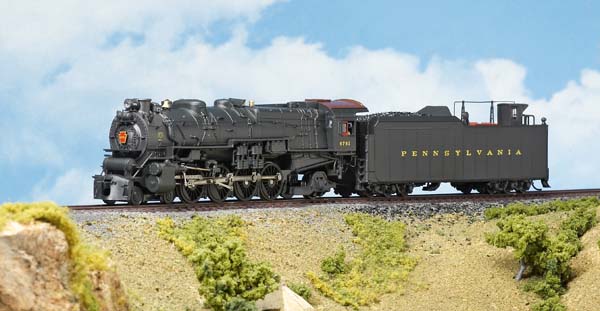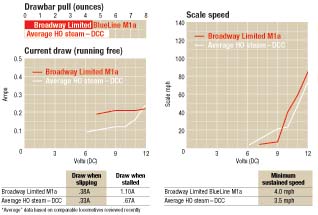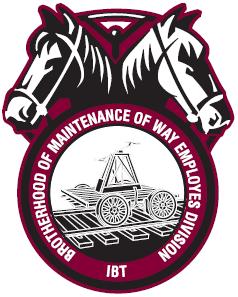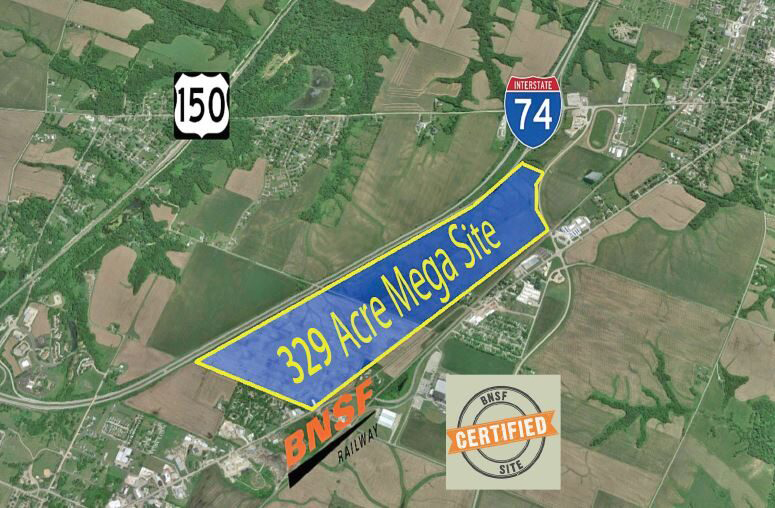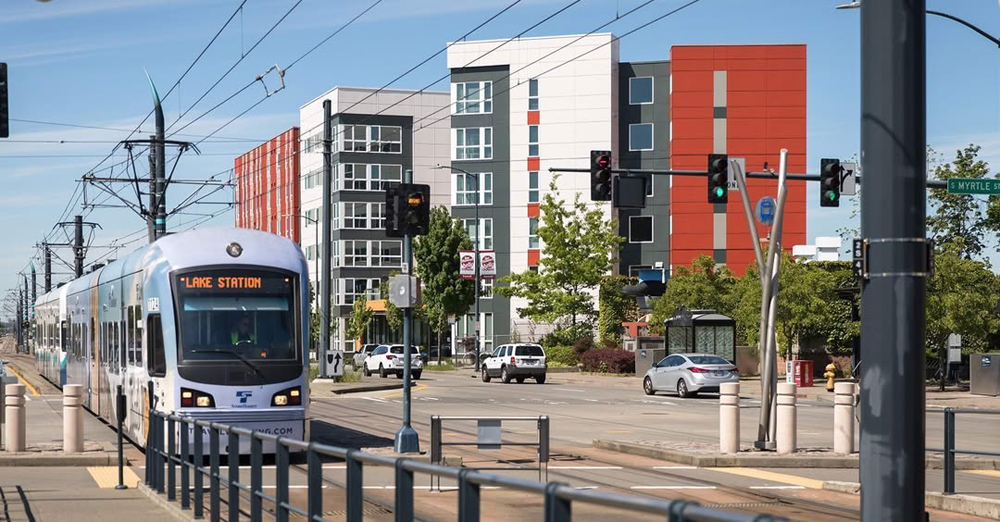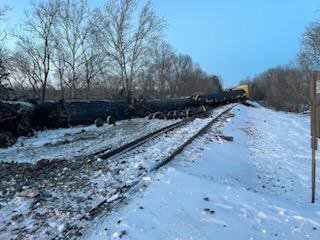4-8-2, is now available in HO scale as part of Broadway Limited Import’s BlueLine series of DC sound-equipped locomotives. This new model uses the same tooling as the Digital Command Control (DCC) version released a few years ago, but has a new BLI-designed sound system.
In the 1940s some M1a locomotives had their boiler pressures increased and had circulators installed in their fireboxes. These modified locomotives were re-classed M1b.
Only a handful of M-class locomotives ever saw passenger service, but they all received passenger-style chime whistles and keystone number plates (Pennsy freight engines usually had round number plates). The M1, M1a, and M1b engines remained in service until the end of steam on the PRR in 1957.
All the BLI model’s dimensions are within scale inches of M1a drawings found in the book Pennsylvania M-1: Dual Service Mountains, Classic Power No. 8, by Bert Pennypacker.
The drawbar has two holes, one for tight-radius curves and a closer-coupling hole that requires wider- radius curves.
The 210-F-75 tender features an operating knuckle coupler, while the pilot has a fixed dummy coupler. Unfortunately, a replacement operating knuckle coupler wasn’t included with the model.
Our sample is smoothly painted in PRR’s Dark Green Locomotive Color. Following the prototype, the model’s tender deck is Freight Car Color (similar to a boxcar red), while the cab roof is a darker shade of this same color. The gold lettering and numbers are straight and matched prototype photos.
At rest, the model features many random sound effects including the air pumps, blower, stoker, and boiler blowdown. When the locomotive starts moving it makes four chuffs per driver revolution.
To use all of the model’s sound effects in DC operation, you’ll need to purchase a Broadway Limited Imports DC Master Analog Control Module (MSRP $39.99). With the module installed, I could control the locomotive’s bell and whistle. Both the mechanical bell and chime whistle sounded accurate when compared to recordings of a real M1a that I’ve heard. You can also manually trigger the air pump using the DC Master’s AUX button.
The DC Master allows you to program many of the model’s configuration variables (CVs) without a DCC system. I found this especially useful for controlling the M1a’s sound system. Out of the box, the model’s loud whistle caused the tender to rattle, so I set the whistle volume (CV 135) to a value of 175, which was still loud without producing an annoying buzz.
I first removed two screws from the tender underframe and gently pulled off the shell. After removing the secondary printed-circuit (PC) board from the top of the main sound PC board, I then plugged an NCE 141P decoder (one of many recommended by the manufacturer) into the eight-pin DCC socket. I did have to use the included extension plug so that the decoder could clear the model’s capacitor.
In DCC, I tested the model using an MRC Prodigy Advance system that delivers 16.4 volts to the track. All of the locomotive’s functions, including the whistle and the bell, performed correctly. I was also able to program the model without any difficulty, including changing its long address to the locomotive’s number and advance consisting the M1a with another DCC-and-sound equipped model. See BLI’s Web site at www.broadway-limited.com for tips on programming other recommended decoders.
In both DC and DCC, the BLI BlueLine M1a has great pulling power. Out of the box the locomotive pulled the equivalent of 63 HO scale freight cars on straight and level track. The model includes a user-installed traction-tire equipped driver set, which when installed increases the M1a’s drawbar pull almost threefold.
Upgradable to DCC and including programmable features, the BLI BlueLine M1a offers an easy way to add a sound-equipped steamer to your DC roster.
Price: $269.99
Manufacturer
Broadway Limited Imports
4 Signal Ave.
Ormond Beach, FL 32174
Description: Ready-to-run sound-equipped plastic and metal steam locomotive
Road numbers: M1a post-1946, road nos. 6778, 6791, and painted but unlettered; M1b road nos. 6755, 6794, and painted but unlettered
Cab interior with backhead detail and crew figures
Constant headlight
Die-cast metal tender frame
Drawbar pull: 41/2 ounces (123/4 ounces with traction tire driver set installed)
Electrical pickup on all four driver sets and all tender wheels
Factory-installed sound system with dual speakers
Five-pole can motor with flywheel
Magnetic knuckle coupler on tender (at correct height)
Minimum radius: 18″
NMRA-recommended eight-pin DCC socket
RP-25 contour metal wheels (in gauge)
Weight: 3 pounds 9 ounces (engine and tender)





